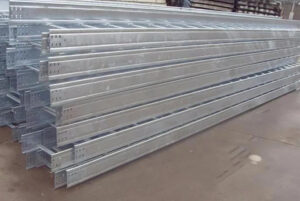Although aluminum has good corrosion resistance in the atmosphere, the atmospheric temperature, salinity and other impurities have a great impact on it. For example, the corrosion rate is 0.0011 mm / year in rural areas, 0.11 mm / year at sea and 0.08 mm / year in industrial areas. In neutral aqueous solutions such as carbonate, chromate, acetate and sulfide, the corrosion resistance is good, but it deteriorates in aqueous solutions of chloride. In acidic aqueous solution, the corrosion accelerates with the increase of hydrogen ion concentration. In sulfuric acid, dilute nitric acid and phosphoric acid, the corrosion resistance is poor, especially in hydrochloric acid, the corrosion is faster. In concentrated nitric acid (more than 80%), it is almost free from corrosion due to the formation of dense and firm oxide film. In acetic acid and other organic acids, it generally has good corrosion resistance. In alkaline aqueous solution, it is corroded due to the destruction of oxide film, but in ammonia water, it is not corroded due to the regeneration of oxide film.

Industrial aluminum alloys are divided into two categories, namely, deformation pot alloy and cast aluminum alloy. Deformation ship alloys can be divided into non heat treatment strengthening and heat treatment strengthening. According to the common use, performance and process characteristics, aluminum alloys can be divided into high-strength, medium strength and low-strength aluminum alloys, heat-resistant aluminum alloys, low-temperature aluminum alloys, forged aluminum alloys, rivet aluminum alloys, welded aluminum alloys, aluminum alloys with special physical properties and decorative aluminum alloys.
